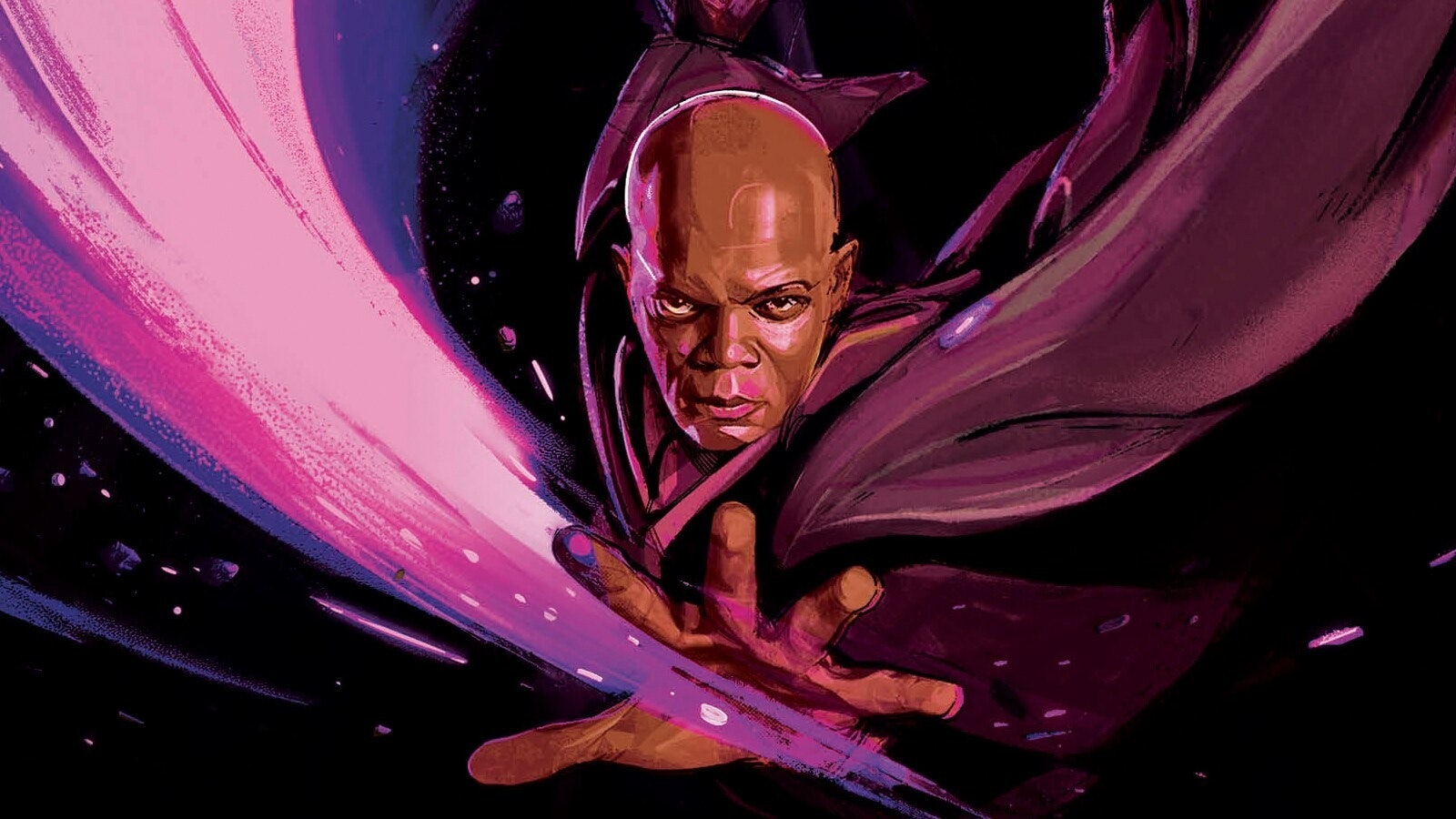
One of the most powerful Jedi in all of Star Wars is shrouded in mystery. Outside of the 2003 non-canon novel Shatterpoint, and a recent 2024 Marvel comics series that sports his name, in-depth material on Mace Windu is scarce, at least relative to books and comics about Anakin Skywalker and Obi-Wan Kenobi. Even less explored in Star Wars canon is Windu's relationship with Qui-Gon Jinn. Mace is basically giving Qui-Gon orders in The Phantom Menace, and the two Jedi don’t see eye-to-eye when it came to Anakin Skywalker’s training. Is there history there?
The new canonical novel Mace Windu: The Glass Abyss, from genre legend Steven Barnes, is diving into an untold story from the early days of the prequel era, and revealing the fascinating implications of Mace’s relationship with Qui-Gon.

While most of The Glass Abyss takes place on the Outer Rim planet of Metagos, the novel’s set-up involves Mace Windu taking on a personal mission left for him by Qui-Gon Jinn from beyond the grave. Qui-Gon made a promise to the people of Metagos, and he passes on that debt to Windu in a pre-recorded message. We learn that this is partly because Mace lost a game of “top-level derjarik,” the holographic chess we’ve seen Star Wars folks playing since A New Hope. Basically, Mace lost a bet, Qui-Gon asked him for a future favor, and the novel takes him on a quest to fulfill that debt.
Before that happens, we get a sense of the close friendship between Mace Windu and Qui-Gon Jinn, which The Phantom Menace didn’t touch on. If anything, that film hints that Mace and Qui-Gon were rivals who often disagreed, but what Barnes does in The Glass Abyss is up-end our notions about what Jedi stoicism looks like and conceals. During Qui-Gon’s funeral on Naboo, we find Mace thinking that Qui-Gon wouldn’t have cared for the ceremony’s pomp. Later, as Mace uses lightsaber practice to work through his grief, we find that Qui-Gon once gave Mace a life-defining piece of advice: “Turn pain into power.”
That sounds a little Dark-sidey, but this is where Barnes writes with nuance. We find Mace using the Force to sublimate his negative feelings, as the Jedi “turned emotion into motion and motion into preparation for dealing with whatever trigged the initial grief.” This wisdom is a far cry from the prequels suggesting that Jedi are encouraged to bottle their feelings. Mace having deep feelings about Qui-Gon’s loss also adds a dimension to the character that his brief screen time in the films only hinted at.
A longtime genre writer, Steven Barnes has many credits to his name, including Stargate SG-I and The Outer Limits. Fans of the other “star” franchise, Star Trek, might remember his work as the writer who novelized the famous Deep Space Nine episode “Far Beyond the Stars.” In it, as in this new work, Barnes did what he does best, providing humanity and perspective to situations and emotions that couldn’t be fully explored on screen.

The Glass Abyss could easily fuel an animated miniseries, but for longtime fans, this post-Phantom Menace novel already delivers what many have craved; a sense of authenticity to the underused Mace Windu. We learn why his lightsaber is purple and why he pushes his combat style as far as possible, among other insights into who he is.
It can be hard to make a Jedi character stand out from all their colleagues, which is part of what makes The Glass Abyss so refreshing. Mace Windu comes across as much more layered and human than he does in Revenge of the Sith, making his demise all the more keenly felt. Plus, since Qui-Gon Jinn’s time in the franchise was short-lived, learning more about him through Mace is an extra treat. This is Star Wars fiction at its best, fleshing out the characters we know and love to retroactively make their time on screen all the more intriguing.







